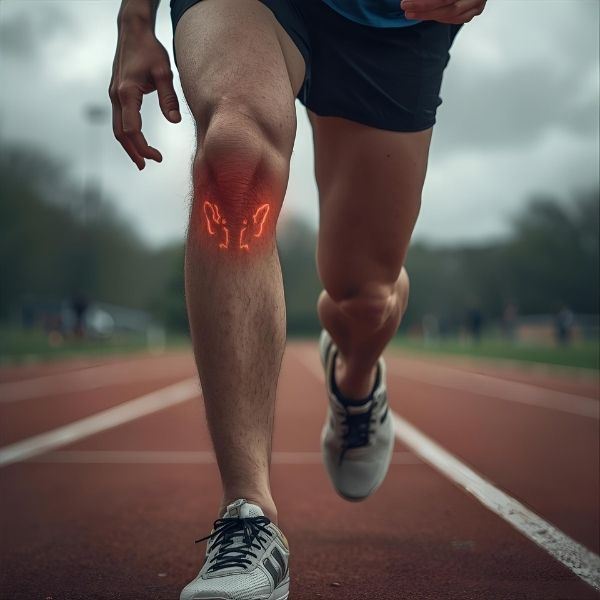
All-inside repair is performed entirely within the joint using implant- or suture-based devices without external incisions. Second-generation systems have significantly reduced early issues like implant breakage or cartilage irritation.
Inside-out repair, on the other hand, passes sutures through the meniscus and ties them outside the capsule, ensuring robust fixation and long-term stability.
Comparative studies show that inside-out vertical mattress sutures provide slightly higher ultimate failure loads, but modern all-inside systems demonstrate equivalent cyclic stability and load resistance.
Recent reviews emphasize that surgical precision, suture placement, and tissue quality are more decisive than the technique itself.
Meta-analyses in athletic populations revealed a somewhat higher reoperation rate for all-inside repair, particularly in medial meniscus tears (AI 23.1% vs IO 12.2%). Still, pain relief, return-to-sport rate, and functional recovery remain largely comparable.
Inside-out carries a higher risk of neurovascular injury due to accessory incisions. All-inside techniques lower this risk but may present device-related issues such as suture rupture or implant migration—now rare with advanced implants.
Both techniques remain valuable when appropriately indicated.
All-inside: Shorter surgery, minimal dissection, lower nerve risk.
Inside-out: Stronger fixation, reliable biomechanics for demanding repairs.
The best approach depends on tear pattern, tissue quality, and surgeon experience.
